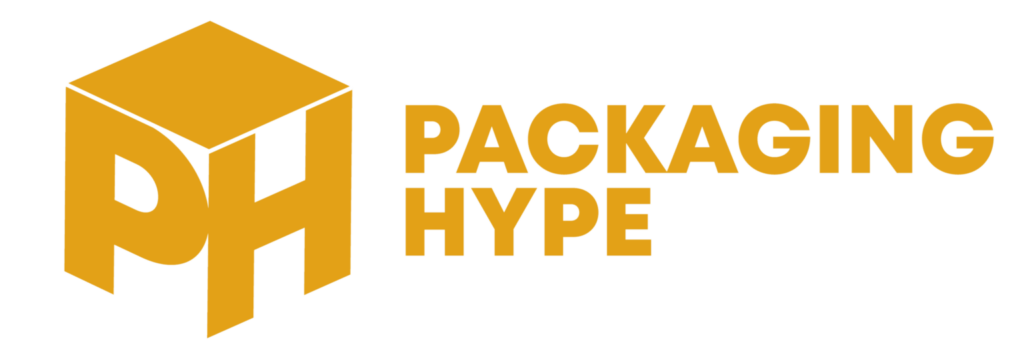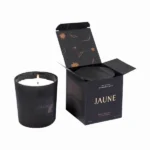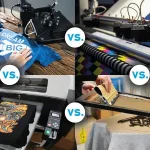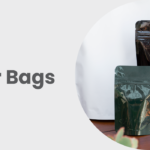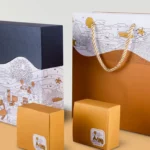Direct-to-Film (DTF) transfer sheets are revolutionizing the printing industry with their versatility and ease of use. In the UK, these sheets are gaining significant popularity among hobbyists, small businesses, and large-scale manufacturers due to their ability to create high-quality, durable prints on a variety of fabrics. Whether you’re new to the concept or looking to refine your process, this article delves into everything you need to know about DTF transfer sheets.
What Are DTF Transfer Sheets?
DTF transfer sheets are specially coated films used to transfer designs directly onto fabrics using a heat press. Unlike traditional printing methods like screen printing or direct-to-garment (DTG), DTF offers greater flexibility. It enables printing on a wide range of materials, including cotton, polyester, blends, and even non-textile surfaces.
Advantages of DTF Transfer Sheets
- Wide Material Compatibility
DTF transfer sheets can adhere to almost any fabric type, making them a go-to choice for diverse applications. From cotton t-shirts to nylon jackets, the possibilities are endless. - High Durability
Prints made using DTF transfer sheets are known for their longevity. They resist cracking, peeling, and fading, even after multiple washes. - Vivid and Detailed Prints
These sheets allow for highly detailed designs with vibrant colors, making them ideal for intricate artwork and photographic prints. - Cost-Effective
With minimal setup costs and no need for expensive pre-treatment, DTF transfer sheets are an economical choice for small and large-scale printing. - Ease of Use
The process is simple, requiring only a printer, DTF inks, adhesive powder, and a heat press.
How DTF Transfer Sheets Work
- Print the Design
Use a DTF-compatible printer to print the desired design on the transfer sheet. The design is printed in reverse, with the adhesive layer applied last. - Apply Adhesive Powder
A special hot-melt adhesive powder is sprinkled over the printed design to ensure strong bonding with the fabric. - Cure the Powder
The adhesive powder is cured using a heat press or curing oven to activate its bonding properties. - Heat Transfer
Place the sheet on the fabric and use a heat press to transfer the design. Peel off the sheet once it cools, revealing the finished product.
DTF Transfer Sheets vs. Traditional Methods
| Feature | DTF Transfer Sheets | Screen Printing | DTG Printing |
|---|---|---|---|
| Setup Cost | Low | High | Moderate |
| Fabric Compatibility | Wide Range | Limited | Limited |
| Print Quality | High | Moderate | Very High |
| Durability | Excellent | Good | Moderate |
| Scalability | High | Very High | Low to Moderate |
Where to Buy DTF Transfer Sheets in the UK
The growing demand for DTF technology has made these sheets widely available across the UK. Reputable suppliers like Xpres, TheMagicTouch, and Transfer Print Solutions offer high-quality sheets at competitive prices. Many online retailers also stock these products, often with bulk purchase discounts.
Tips for Using DTF Transfer Sheets
- Choose High-Quality Sheets
Invest in premium sheets to ensure vibrant prints and durability. - Use the Right Printer and Inks
Not all printers are compatible with DTF technology. Ensure you have a DTF-compatible printer and inks for best results. - Perfect the Heat Press Settings
Experiment with temperature, pressure, and time to achieve optimal transfers. - Store Sheets Properly
Keep transfer sheets in a cool, dry place to prevent damage or degradation.
Conclusion
DTF transfer sheets are an innovative solution for businesses and individuals looking to produce professional-quality prints with ease. Whether you’re creating custom apparel, promotional items, or specialty products, these sheets offer a reliable and versatile option. As the UK market continues to embrace this technology, now is the perfect time to explore the endless possibilities DTF transfer sheets provide.
